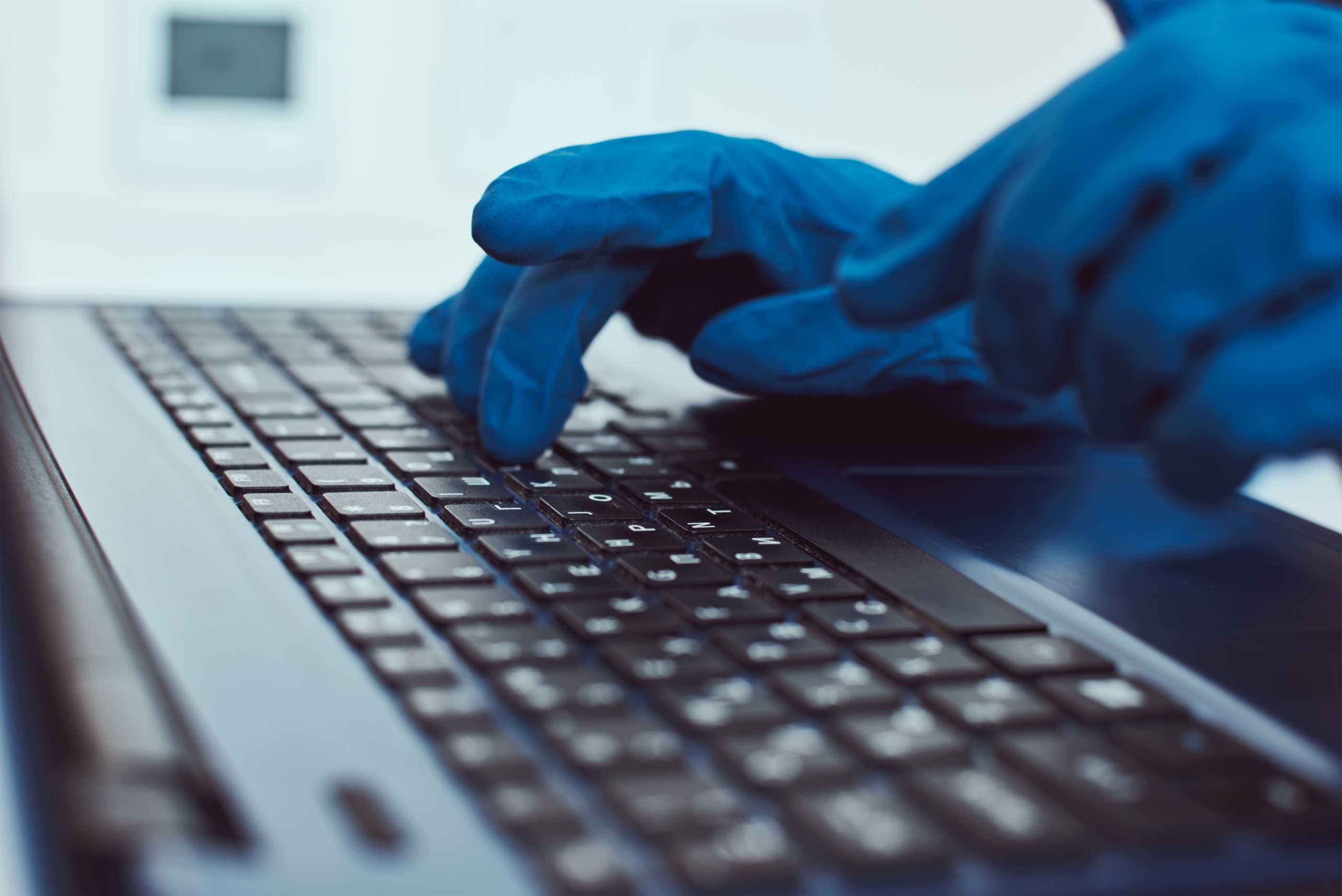How did the Covid pandemic change cyber security? (part 2)
24th July 2025
As the threat landscape rapidly changed, what new methods were put in place to deter bad actors and how are they still being used today?
Welcome back! In part one of our article – available HERE – we explored how remote working and an increasing in attacks led to cyber security becoming far more important to businesses during and after the Covid pandemic.
In part two, we look at some of the other changes the Covid years created and how they impacted cyber security:
Cloud: during lockdown, many businesses moved to a cloud environment. It enabled them to reach important data remotely and it allowed them to scale the business as needed. However, this rapid adoption led to errors, with some services being misconfigured and important data exposed to threats.
Cloud security became a priority: tools were used to fix these vulnerabilities, encryption was implemented to protect valuable data, access controls were introduced and in general organisations became more aware of their role in securing cloud environments. This continues to be an important change as more services have moved to a cloud model since, offering flexibility and reduced costs.
Identity and access management: when the pandemic struck and we were all encouraged to work from home, many employees were suddenly using multiple devices and new apps. This added complexity as users had to remember more login details, leading to a more likely chance of data being leaked, while also providing criminals with more targets to start from before impacting entire networks.
In response, security providers introduced systems such as Single Sign-On (SSO), Privileged Access Management (PAM) and Behavioural Biometrics. These allowed users to get online more easily and for defences to be improved by restricting access to sensitive systems. In 2025, these features are still utilised for simplicity and security.
Compliance: with more breaches occurring during the pandemic, more scrutiny was placed on cyber security practises and data privacy. Legislation was updated and improved to ensure businesses were better prepared to counteract cyber-crime.
Cyber security teams used automated tools to meet compliance, making the process simple. They also increased the number of audits done to better spot any vulnerabilities or potential threats. Also, third-party risks were highlighted, and businesses were encouraged to investigate their partners’ cyber security in more detail.
Evidently, years of lockdown forced the IT landscape to evolve, and that had a knock-on effect on cyber security that can still be seen today. While at the time all the changes may have led to problems, today we can be grateful for that period, as it forced security providers and businesses to step up their defences in a significant way.
If you’d like to learn more about how you could improve your cyber security, talk to Interfuture Security HERE.
YouTube: https://youtu.be/JZScZU4XqSc
